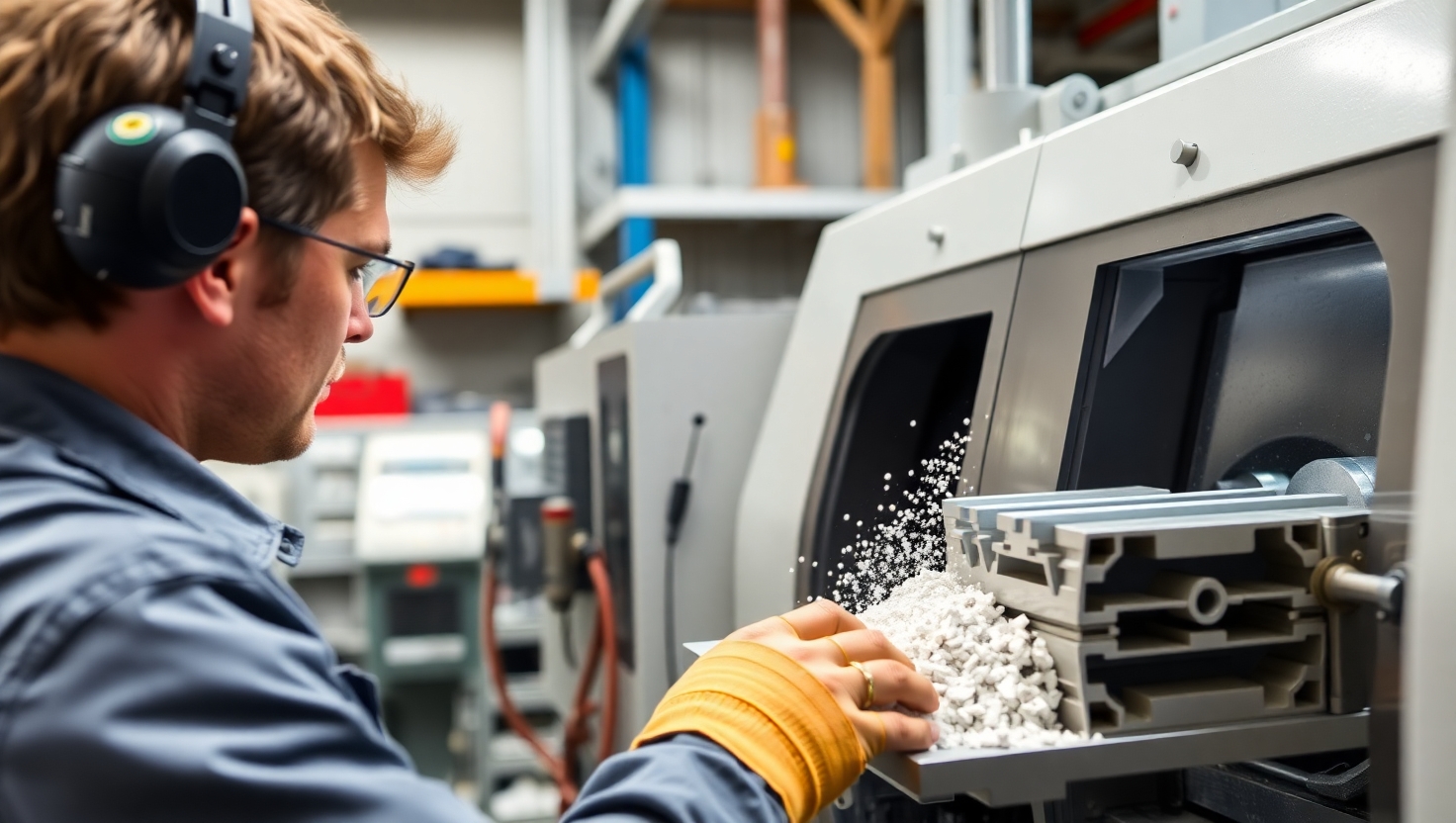Common Machining Challenges with Aluminium Profiles and How to Solve Them
Published by: ALUTimes | Date: July 2025
Introduction
Aluminium profiles are lightweight, strong, and corrosion-resistant, making them ideal for industries like construction, aerospace, automotive, and consumer goods. However, machining aluminium—especially extruded profiles—can be challenging. From tool wear and chip formation to thermal expansion and finish consistency, this article explores the top machining difficulties and how to address them effectively.
1. Thermal Expansion During Cutting
Aluminium has a high coefficient of thermal expansion. During high-speed machining, heat builds up quickly, causing dimensional changes.
- Challenge: Parts may expand during machining and contract later, leading to inaccurate dimensions.
- Solution: Use flood coolant or minimum quantity lubrication (MQL). Maintain steady feed rates and allow parts to cool before final measurement.
2. Built-Up Edge Formation
Aluminium tends to stick to the cutting tool, especially at lower cutting speeds. This causes a built-up edge (BUE) that ruins finish quality and tool sharpness.
- Solution: Use sharp carbide tools with appropriate coatings (e.g., TiAlN). Maintain high enough speeds to prevent adhesion, and consider anti-stick coolants.
3. Chip Control and Evacuation
Aluminium produces long, stringy chips that may tangle in the work area or tool path, causing tool breakage or surface scratches.
- Solution: Use chip breakers or peck drilling in CNC programs. Regular chip evacuation and air blast or vacuum systems also help.
4. Vibrations and Chatter
Due to aluminium’s low rigidity and machining at high speeds, vibrations may occur, resulting in poor surface finish and inaccurate cuts.
- Solution: Use shorter tools with proper overhang, stabilize the workpiece securely, and optimize cutting parameters to avoid chatter zones.
5. Inconsistent Surface Finish
Surface finish is critical in applications like architectural aluminium. Irregularities from poor feeds, tool wear, or deflection can affect aesthetics and function.
- Solution: Use fresh, sharp tools and program consistent feed and speed values. Monitor and replace worn inserts regularly.
6. Thin-Walled Profile Deformation
Extruded aluminium sections often have thin walls that can deflect or deform during machining under tool pressure.
- Solution: Reduce cutting forces using sharp tools, lower feed rates, and multiple shallow passes. Support profiles with fixtures or vacuum tables.
7. Tool Wear and Short Tool Life
Despite aluminium’s softness, abrasive particles in some alloys and chip welding can reduce tool life.
- Solution: Choose non-ferrous grade tools with appropriate coatings and maintain proper lubrication.
Conclusion
Machining aluminium profiles comes with unique challenges, but with the right practices, equipment, and materials, manufacturers can maintain high productivity and quality. Whether it’s thermal expansion or chatter, knowing how to address these issues helps improve output and reduce rework.
Disclaimer
This article is for educational and informational purposes only. ALUTimes strives to provide content aligned with best practices in aluminium manufacturing. Always consult with your engineering or production team for factory-specific needs.

